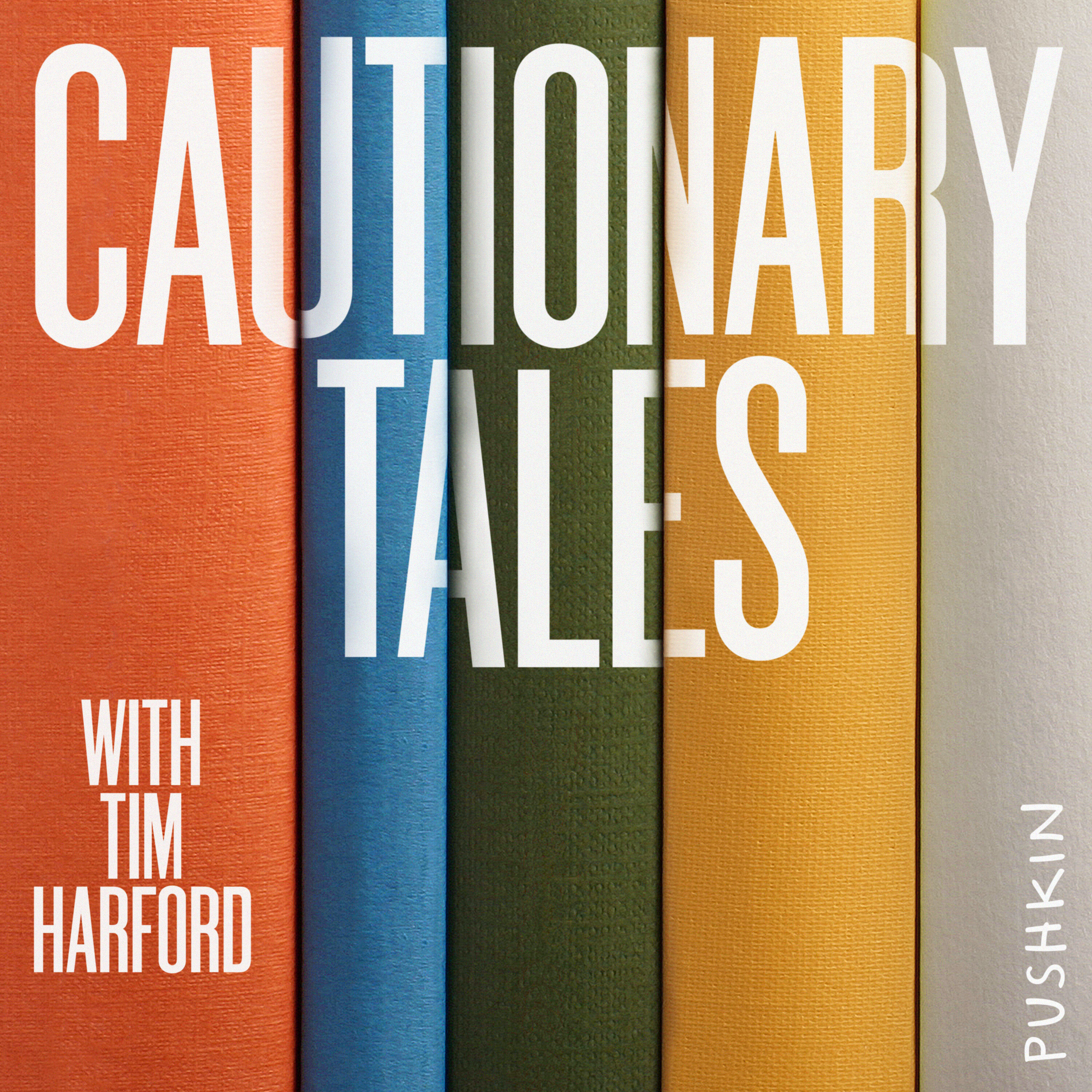
Demonizing Dungeons & Dragons (Classic)

Cautionary Tales with Tim Harford
Deep Dive
Why did Dungeons & Dragons become a focal point of moral panic in the 1980s?
Dungeons & Dragons became a focal point of moral panic in the 1980s due to its association with the disappearance and subsequent suicide of James Dallas Egbert III. The media sensationalized the game, portraying it as a dangerous and bizarre activity that could blur the line between reality and fantasy. This narrative was fueled by celebrity detective William Dear's theory that the game might have driven Dallas into a delusional state. The panic was further amplified by movies like 'Mazes and Monsters' and claims from figures like Patricia Pulling, who blamed the game for her son's suicide.
What role did William Dear play in the Dungeons & Dragons panic?
William Dear, a famous private detective, played a significant role in the Dungeons & Dragons panic by theorizing that the game might have been responsible for the disappearance of James Dallas Egbert III. Dear's high-profile investigation and his public statements about the game being a potential cause of Dallas's mental breakdown fueled media speculation. His book, 'The Dungeon Master,' further sensationalized the idea that the game could lead to dangerous delusions, contributing to the widespread moral panic.
What were the actual circumstances of James Dallas Egbert III's disappearance?
James Dallas Egbert III, a 16-year-old college student, disappeared in 1979 due to severe depression and a suicide attempt. He ran away from Michigan State University and was eventually found in Louisiana. Despite media speculation linking his disappearance to Dungeons & Dragons, the truth was simpler: Dallas was struggling with mental health issues and had attempted to escape his problems. Tragically, he took his own life a year later, but the narrative of the game being the cause overshadowed the real issues he faced.
How did the media contribute to the demonization of Dungeons & Dragons?
The media contributed to the demonization of Dungeons & Dragons by sensationalizing the game's connection to the disappearance of James Dallas Egbert III. Newspapers like the New York Times and the San Francisco Chronicle used terms like 'cult' and 'bizarre' to describe the game, often without providing accurate information. Movies like 'Mazes and Monsters' and TV appearances by figures like Patricia Pulling further fueled the panic, portraying the game as a dangerous activity that could lead to mental breakdowns and suicide.
What was the outcome of the Dungeons & Dragons panic?
The Dungeons & Dragons panic led to widespread fear and misunderstanding of the game, with many parents and authorities believing it to be a dangerous influence on young people. However, the panic also inadvertently boosted the game's popularity, as the publicity increased public interest. Over time, the moral panic subsided, and Dungeons & Dragons became recognized as a creative and collaborative hobby rather than a threat. The game has since flourished, becoming a mainstream cultural phenomenon.
What parallels exist between the Dungeons & Dragons panic and modern moral panics?
The Dungeons & Dragons panic shares parallels with modern moral panics, such as the 'Momo Challenge,' where parents and authorities feared a non-existent threat to children. Both panics were fueled by media sensationalism, vague information, and a lack of understanding of the activities in question. In both cases, the real issue was parental anxiety about not fully understanding their children's interests, leading to exaggerated fears and overreactions.
- James Dallas Egbert III's disappearance
- William Dear's involvement
- Initial exploration of suicide as a possibility
- Introduction of Dungeons & Dragons as a potential factor
Shownotes Transcript
When James Dallas Egbert III was reported missing from his college dorm in 1979, one of America's most flamboyant private detectives was summoned to solve the case. "Dallas" faced the same problems as many teenagers, but P.I. William Dear stoked fears that he might have fallen under the evil spell of a mysterious and sinister game: Dungeons & Dragons...
Tim Harford returns with brand new episodes of Cautionary Tales on January 10th. In the meantime, Merry Christmas from the Cautionary Tales team!
For a full list of sources, see the show notes at timharford.com).
See omnystudio.com/listener) for privacy information.